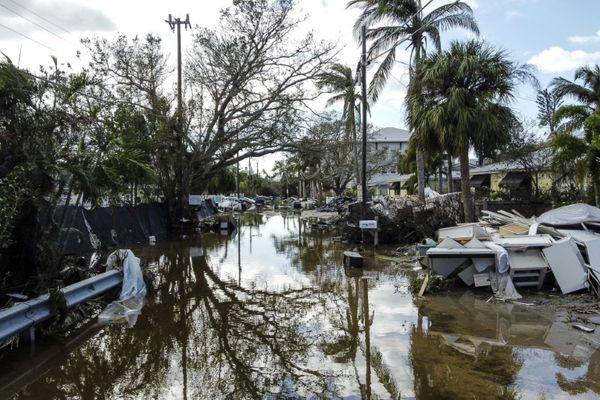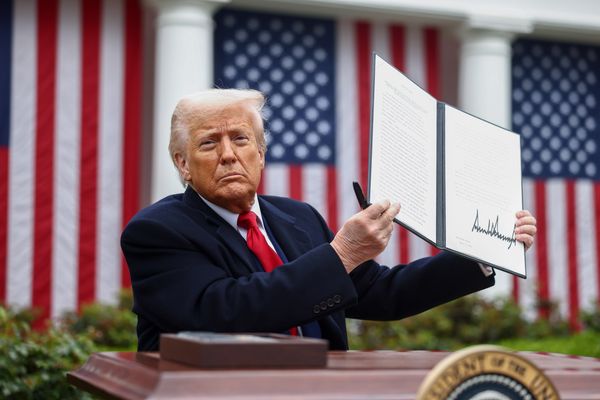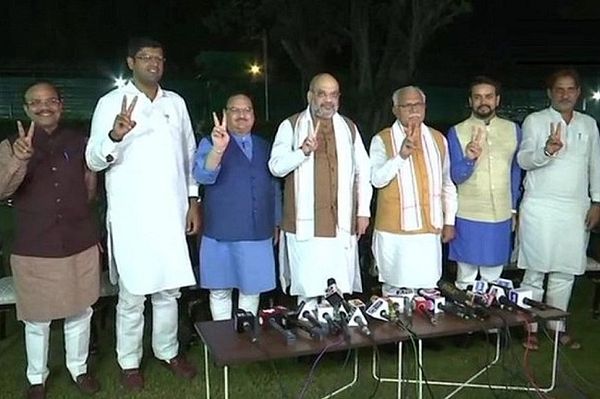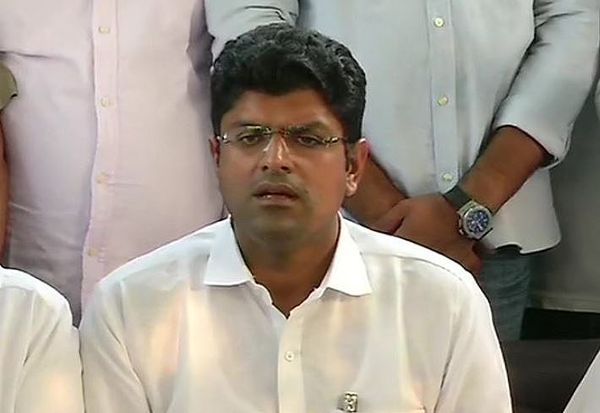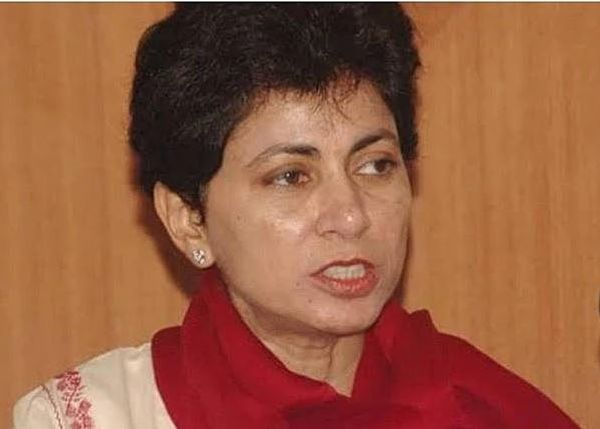
The assembly elections in Haryana and Maharashtra saw the Bharatiya Janata Party (BJP) return to power in both states. However, its alliance partners and the Opposition parties together have a larger slice of the state assemblies. In an interview, Swaraj India president Yogendra Yadav shared his views on the election results. Edited excerpts:
Swaraj India contested in Haryana this time. What is the initial feedback?
For us, it was the first baby steps towards organization-building. We had stated clearly in the run-up that we are not in the business of winning seats and forming a government. We are sowing the seeds for alternative politics. It is satisfying that we could influence the agenda and bring it on the issue of unemployment and agriculture. It was satisfying that we could get some social activists who would not normally contest to be candidates. While we were making a beginning, our vote share was dismal. There is a temporary sense of disappointment, but the system punishes anyone who is not in the top two. We are happy that we were noticed.
How do you see the overall results of the assembly polls?
It is a very healthy verdict. We use an expression in political science—self-correcting mechanism of democracy. Like you have self-correcting mechanisms in the market, similarly, democracy sometimes comes up with its own cures for its excesses. That clearly has happened. BJP managed to come back to power in both states, but the aura of invincibility was shattered. The post-Lok Sabha mood, that you cannot touch the BJP, has been breached. In a system, which was walking towards plebiscitary authoritarianism, there is a temporary sense of relief.
However, we should not forget that the fundamentals have not changed. BJP is very much the hegemonic force. The PM continues to be popular. The issues that they have pushed like 370 have public acceptance. If the government pushes forward on issues like the Ram Janmabhoomi and other measures, they could continue to enjoy public approval. The larger threat to democracy has not disappeared. There is a light, a crack which has appeared and it is welcome.
How do you see the result for Haryana? Most exit polls got it wrong.
In Haryana, it was a mediocre government. That was a part of our campaign as well. If we go by what they promised in their manifesto…one was the economic condition and high per-capita debt. Since the BJP came to power, public debt has more than doubled. The BJP had announced grand schemes for bringing in investments, but that never happened. The law and order situation, women security—the number of rapes have gone up, kidnapping of women has increased. For farmers, the big claim was to reduce loans, but in reality nothing happened. The biggest failure of this government was on the unemployment front. In August 2019, Haryana was number one with unemployment of around 23%. The government kept fudging data.
There were also three incidents of complete law and order meltdown. In 2014, there was an incident in Hisar where people were out with guns for nine days. The 2017 Jat agitation, where the CM did not even address the state. That was followed by the Panchkula incident in 2018. In a normal election, a government with such a track record would have been wiped out. The question is not why it has performed worse than the exit polls, but why has it come back to power at all, after such a poor performance.
The Jannayak Janta Party (JJP) has joined hands with the BJP. How do you see this?
That was to be expected because it was the name of the game. The battle for JJP was inheriting the family political fortune. The JJP managed to demonstrate it and they got the price—deputy CM position. Much of the JJP campaign was targeted at the BJP. The undertone was that this was a party that was anti-Jat. If you look at the results, in the Jat-dominated areas, it was either the JJP candidate doing well and Congress doing badly, or vice versa. There was strategic voting largely by Jat voters to primarily defeat the BJP and teach them a lesson. The same party is now in bed with the BJP. This may be a difficult relationship to manage. The BJP, by offering the deputy CM’s post, has also checked his future political ambition. Dushyant Chautala, as a rising young Opposition force, could have gathered much more political energy, but by being part of the establishment, where he is not in the driver’s seat, his claim would be compromised because he may not be able to deliver to his own constituents.
In this entire election, do you think the outcome could have been different had the Congress carried out the leadership changes earlier?
If the Congress had fought the election… Till one month before election, there was not a single hoarding of the Congress in Haryana. Meanwhile, the local BJP leaders had hoardings all over. The Congress was non-existent in Haryana. After the Lok Sabha elections, the party had given up on this, and Bhupinder Singh Hooda had made up his mind for a fight to the finish. They were barely interested in settling internal scores. The issues that came up in the last 1-2 years, the Congress never went to the people.
It is not that the Congress got the seats because of what they did, but because sections of the people had decided to punish the BJP. If the Congress was on the ground, effective among the people, they would have done much better with some strategy, vision and agenda. The results could have been very different.
In this election, Opposition parties in both states seem to have bounced back...
Bouncing back is an expression one can use for Sharad Pawar because he did something. He was threatened, humiliated, but he bounced back with all the energy in his command even at his age. Bouncing back is something you can say for Dushyant Chautala because he struggled hard to retain his family legacy. You cannot accuse Congress of bouncing back. They did nothing of that sort. If only Congress had done what Pawar did in Maharashtra, the state results would have been different. What it shows is that there is a space for the Opposition, notwithstanding the BJP’s dominance at the national level and the PM’s popularity, there is a space at the state level, but the challenge is whether it will be utilized.

